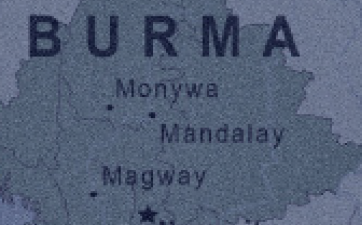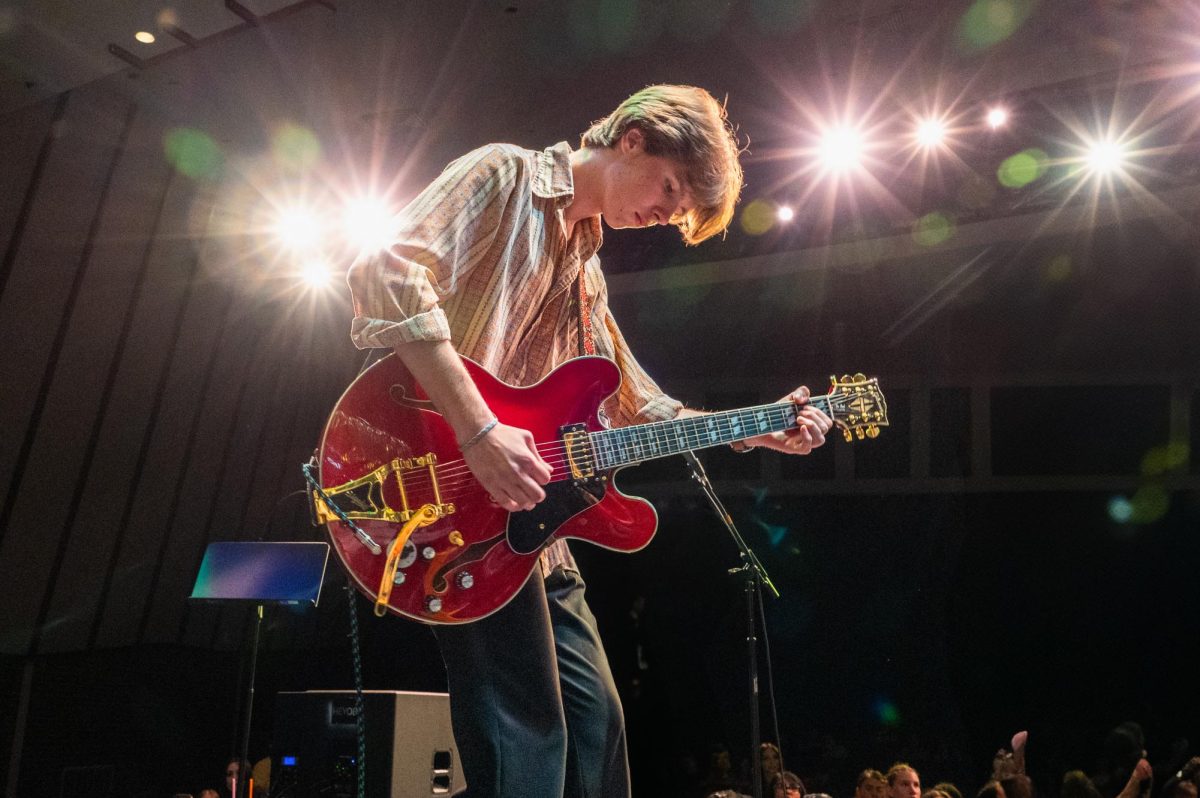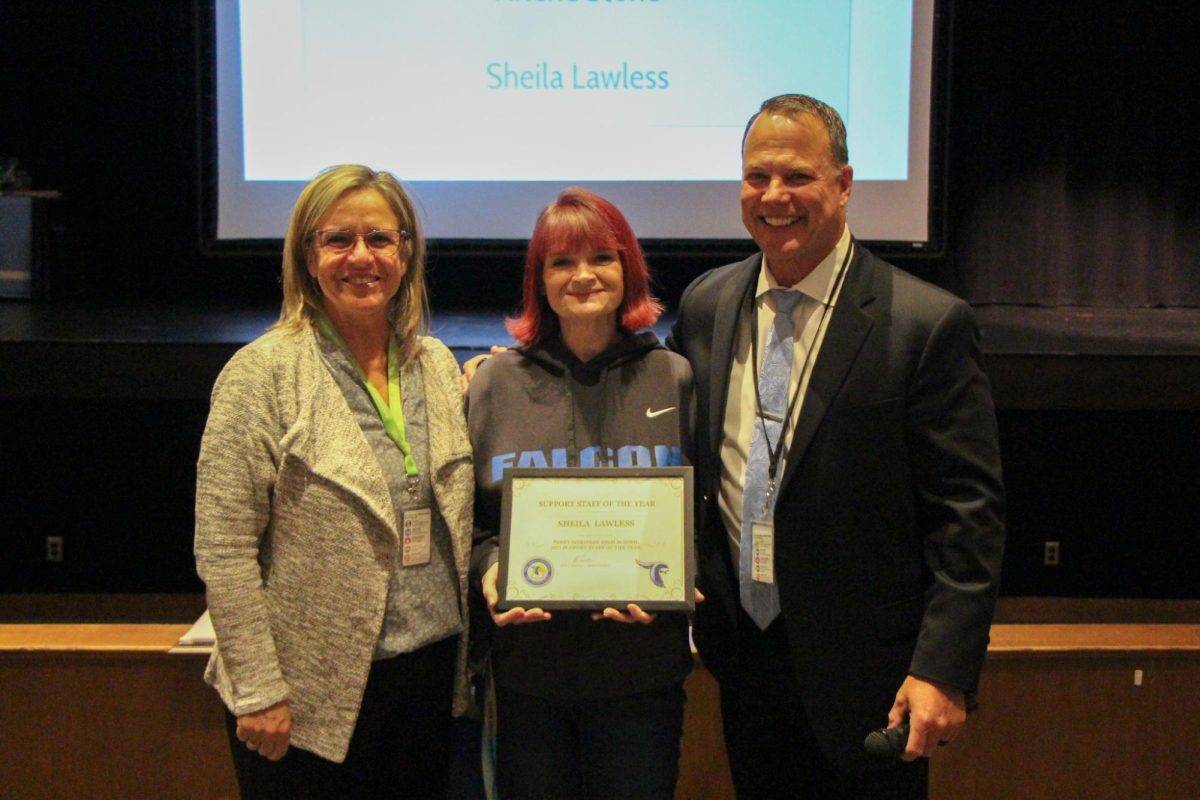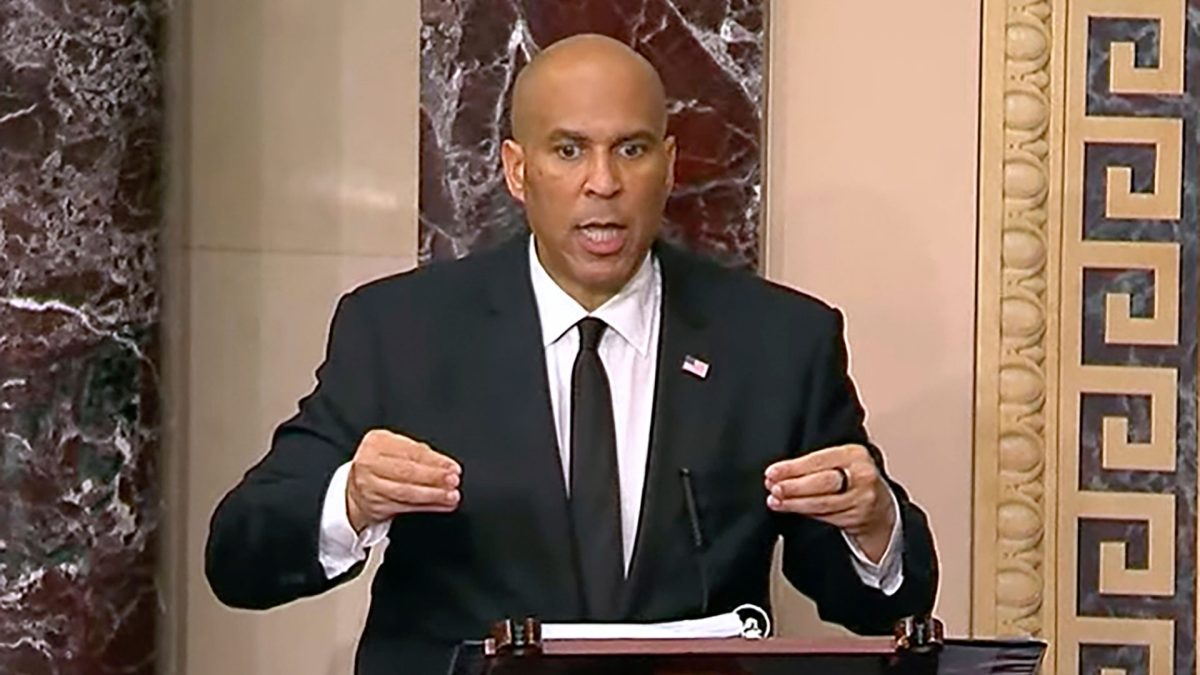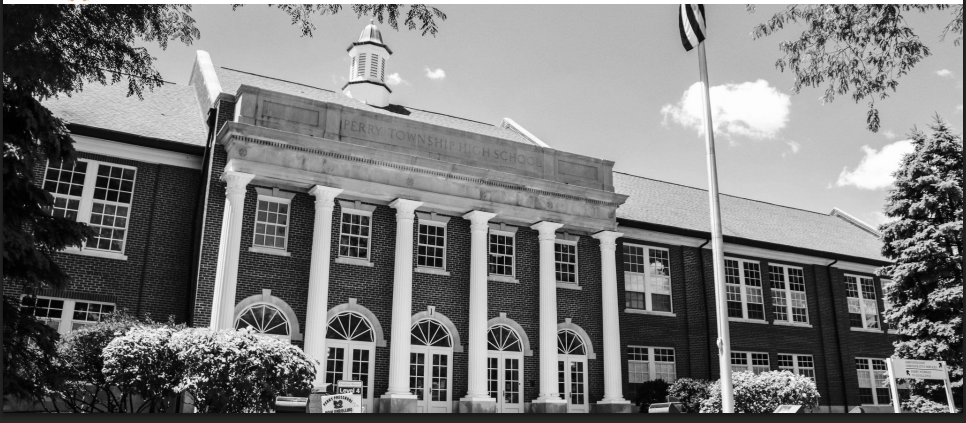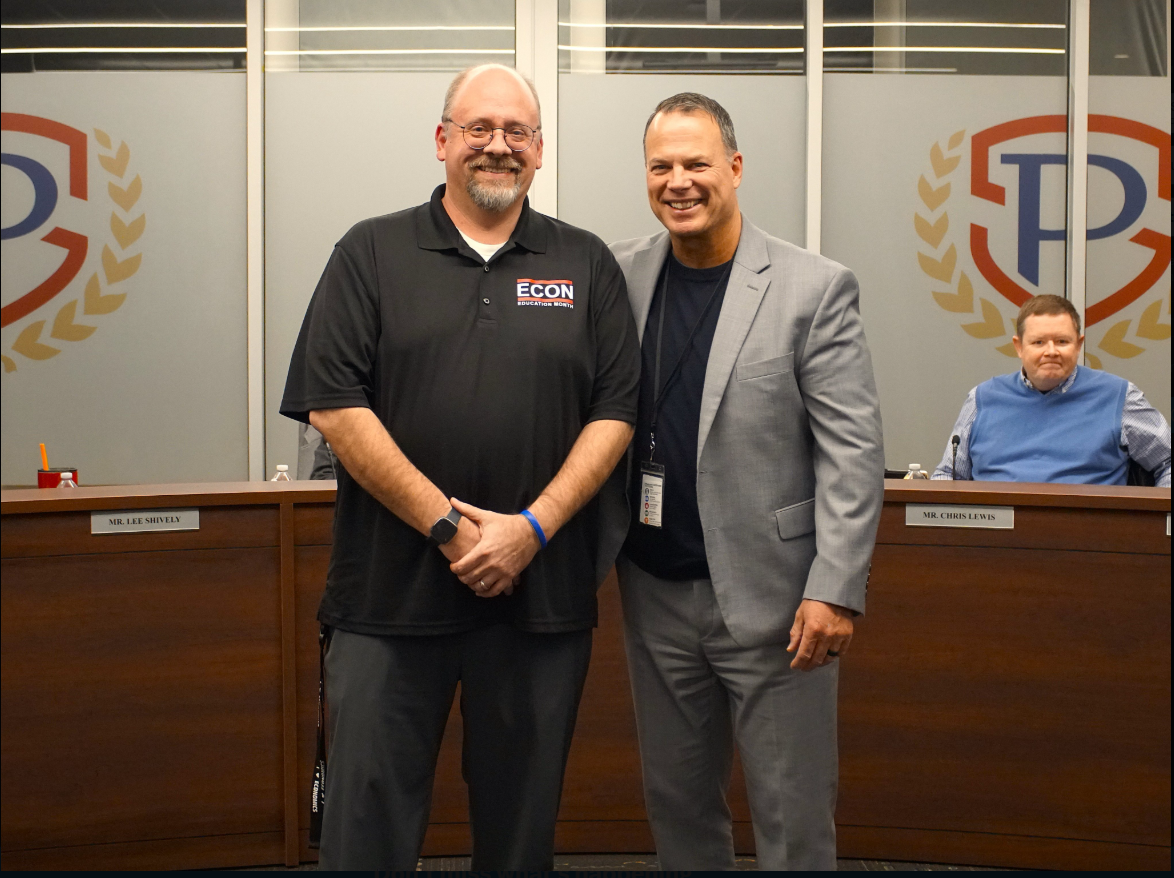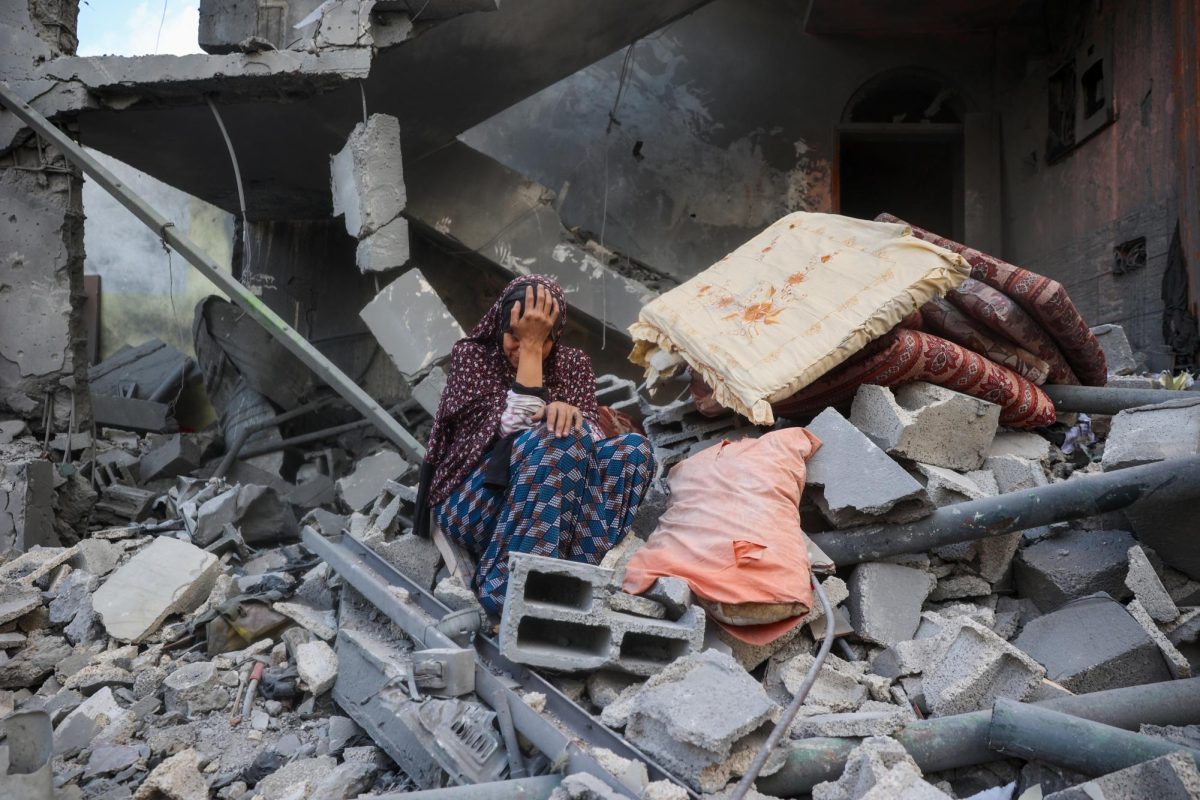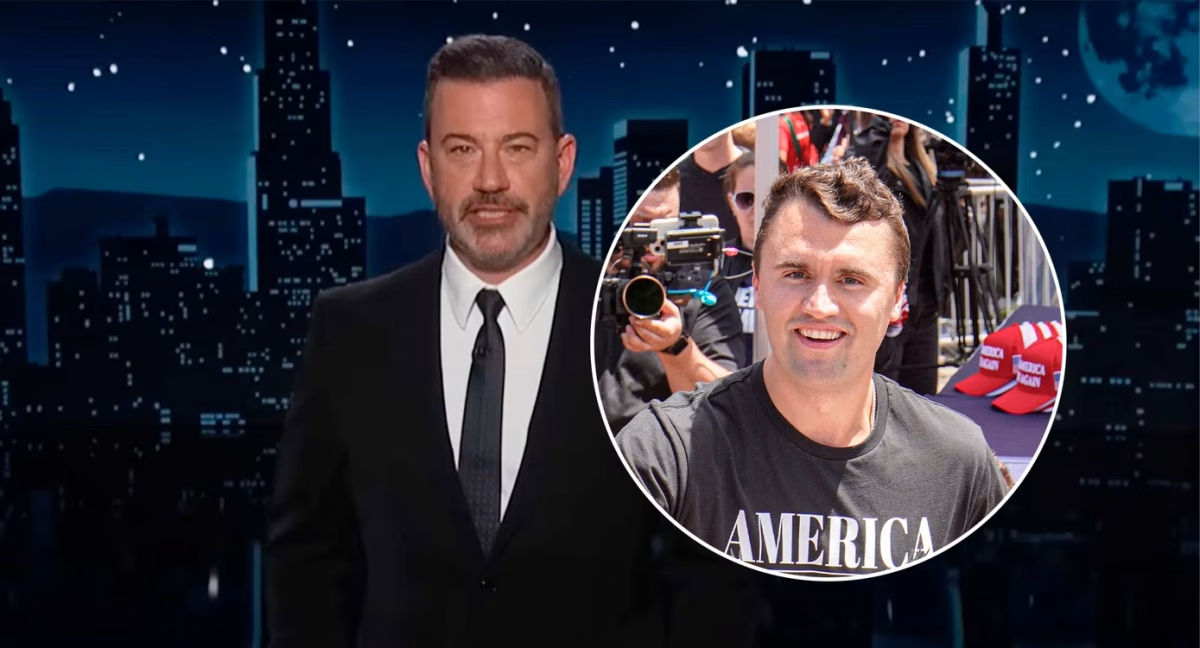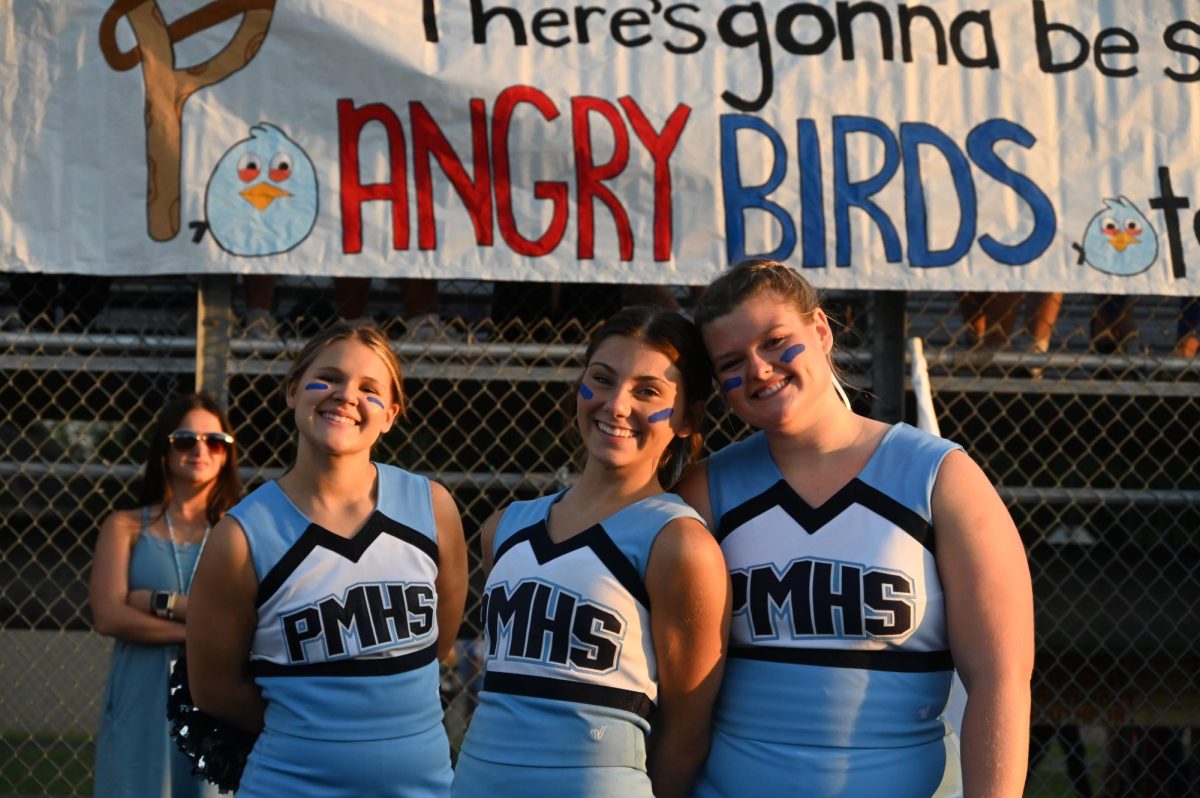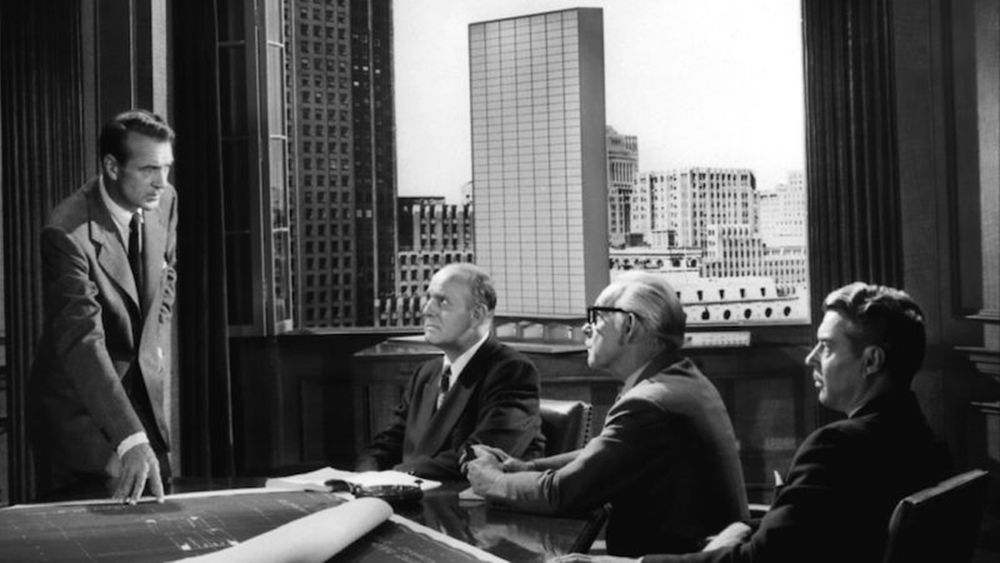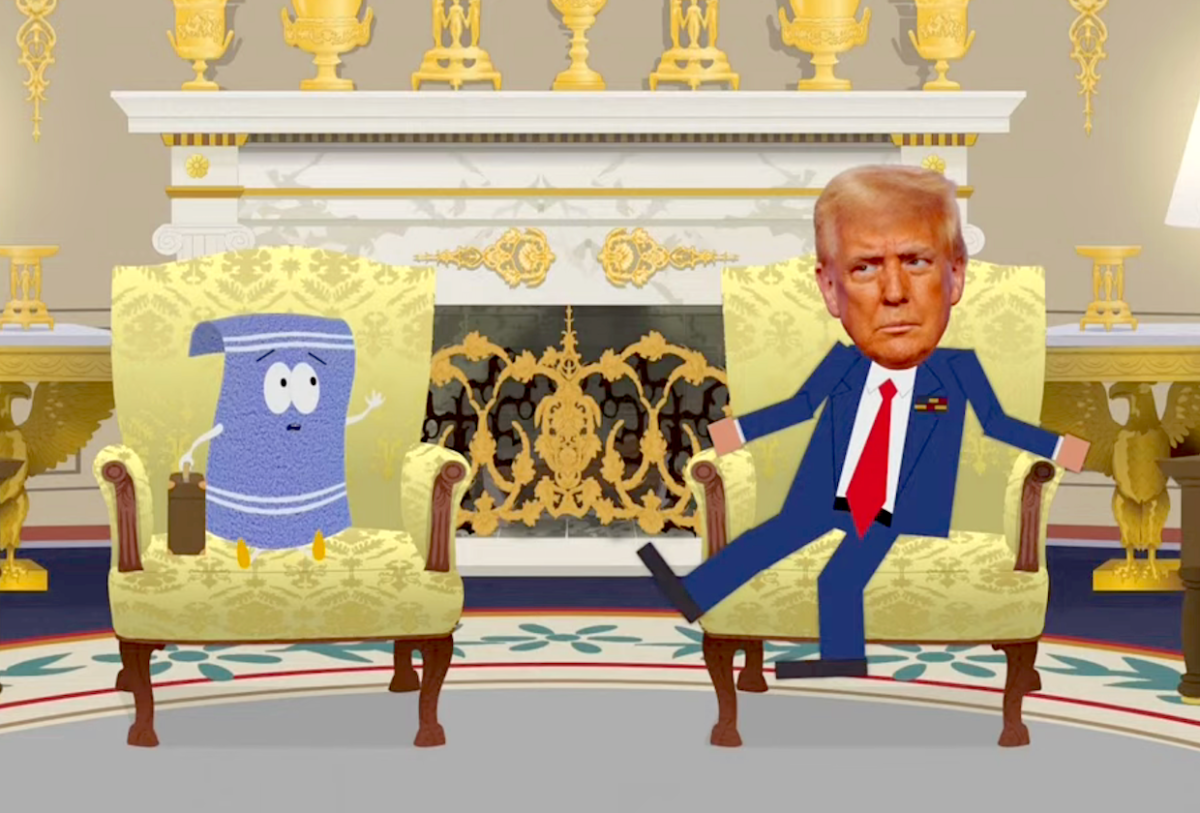The talk about immigration stirs in the US with President Donald Trump issuing excutive orders to hinder the immigration system and quicken the process of mass deportation. This has made me, a Burmese-American, question what it truly means to be an American in the first place. I have always felt a sense of shame loom over me, feeling that I was not “Burmese enough,” and yet feeling I was not “American enough” either.
In Burmese culture, there are different tribes and ethnic groups like Zopei, Chin, Mizo and many more. People commonly ask me if I am Chin, and I always respond with, “No, I am just Burmese.” This has always elicited a shocked response, and I never understood why. It made me realize that there is a disconnect from me and other Burmese people. From a young age, a lot of my peers would assume that I was “wasian” (White and Asian), furthering the disconnect from the people around me as a Burmese American—partly because I was never even seen as Burmese.
I asked my mom ethnically what I was. I wanted to know if I belonged to any ethnic group in Burma Chin or Mizo. When I said those names up, I noticed a visceral reaction on her face. Her face showed an unspoken disdain that spoke volumes to me. Seeing her reaction made me realize this divide was even greater than I realized.
One of the main divides is religion. Many Burmese Americans immigrated to the US for religious freedom. Due to Burma being overtaken by a military coup that dominantly pushed extremist Buddhist nationalism, which is exiling other religions. The biggest exiled religion is Christianity, and many Burmese ethnic groups’ main religion is Christianity, like the Chin population. My parents are Buddhist, so we never went to church, while almost every other Burmese kids I have met goes to church and is a Christian. I have seen many of my Burmese peers go to church; I have seen it utilized as a cultural hub where traditions are preserved and community is found, and strengthened. On the other hand, my peers have a space to turn to and are able to connect with their Burmese heritage, I don’t. I can’t turn to any church, any God, or community.
In the hope of better understanding my own identity, I asked other Burmese-American students about their identity and what being an American means to them. I had a conversation with junior Zalian Hualngo, a second-generation immigrant. We talked about his struggle with his ethnic identity, Mizo, and his American identity. “I always remind myself that I’ll never be like, truly Mizo…[yet] no matter how hard I try, I’ll never become like a white person, but that doesn’t mean I’ll never be American,” Hualngo said.
I see this connotation that being American equates to being white, which is partly due to immigrants not being treated as true Americans. This causes immigrants not to view themselves as such and dealing with dual identities heightens this feeling of disconnection. Yet the term “white-washed” gets thrown around to criticize immigrants who try to assimilate into America. In a way, it is a lose-lose situation. If an immigrant is trying to adjust to America, where they will inevitably pick up bits and pieces of American culture, they are seen as abandoning their culture and are called white-washed. On the other hand, they are not considered American if they don’t try to assimilate.
I have been called “white-washed” before. It has always made me feel insecure about my identity and that I was not “Asian” enough. The term “whitewash”, according to Penn State University, means “having dissociated oneself from one’s ancestral culture by adopting or attempting to adopt an American lifestyle.” When people throw this term out whenever they see someone who doesn’t behave or follow the stereotypes and expectations that they have for them, dependent on worldview and culture, it further constricts the idea of what an Asian-American is. You have to choose one and deny the other.
I feel disconnected from my Burmese identity, not because I am ashamed of it but because my parents never taught me about our culture. They believed that if I spoke two languages, it would hinder my development. So they didn’t teach me so I could be a better fit in America. Talking with junior David Ruat, who is a first-generation immigrant, I began to recognize that it was not just my parents who did not teach their children about their Burmese heritage but other families as well. “Some families throw away the entire language of the entire culture…it’s an attempt to try and fit in with the American culture a lot better, ” Ruat said.
Ruat and Hualngo both pointed out the tension they have seen among immigrants since the start of Trump’s presidency. However, Ruat and Hualgno see different tensions. Hualngo sees a wider tension between Burmese immigrants and immigrants who are being talked about on the news. “I see this attitude among the chin [community] like our parents, it’s like so condescending towards these immigrants as if they weren’t in like a hard situation like them. I feel like we could benefit from a lot more empathy,” Hualngo said.
Ruat sees tension within the Burmese community from tribe to tribe. Ruat explains this tension as “immigration elitism, with legal immigrants, not viewing illegal immigrants as the same. …There’s a lot of like in group division based on like how you immigrated here.” Ruat said.
The tension that has risen within the Burmese community has created a further separation and a loss of empathy between the community. I see this as a reflection of the communities’ struggles with their own identity. But it is important to take the time to sit down with each other and hear each other’s stories. When we hear other stories, like I did with Hualngo and Ruat, we have an opportunity to understand other people and connect in a different way.
Reflecting on the conversations I had with Hualngo and Ruat made me realize that I don’t need to have such a strong hold on my identity and define myself into one thing because it just restricts me more as a person. There’s a fluidity to who you are that expands to more than just race and ethnicity. Identity is something that is not black and white.
Instead, there are many shades in between where I’m trying to find my peace.


